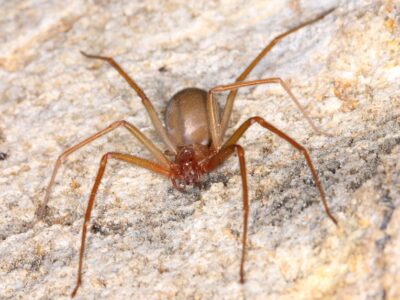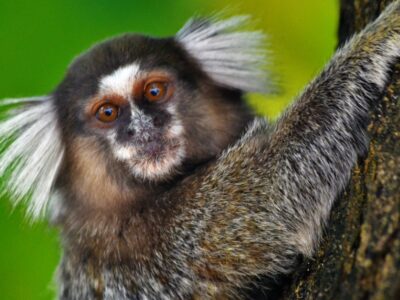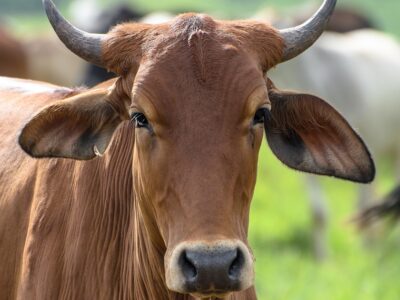Below you can find a complete list of Peruvian animals. We currently track 289 animals in Peru and are adding more every day!
Bordered to the north by Ecuador and Colombia, to the east by Brazil and Bolivia, to the south by Chile, and the west by the Pacific Ocean, Peru is unusually rich in wildlife. Indeed, the recognition of the country’s natural resources is in its very constitution, and its National System of Natural Areas was established as far back as 1900.
The great diversity of Peru’s wildlife has much to do with the fact that it contains some of the Amazon rainforest and the Andes Mountains and has a coast on the Pacific Ocean. There are 1800 species of birds, 120 of which are only found in Peru, 500 types of mammals, 300 types of reptiles as well as many species of insects, cetaceans, crustaceans, fish, and seals. Unique species of animal are discovered in Peru on a regular basis, amazing when considering how many animals around the world are going extinct.

Peru is located in western South America, bordered by both Columbia and Ecuador in the north, Bolivia, and Brazil to the east, Chile in the south, and the mighty Pacific Ocean along its western coast.
©Wollertz/Shutterstock.com
The Official National Animal of Peru
The national animal of Peru is the vicuña. Related to the llama, this animal is prized for the quality of its wool, and in ancient times only royalty was allowed to wear clothes made of vicuña wool. It is probably for this reason that this animal is on the Peruvian coat of arms. The wool is not only great for warmth but also extremely soft to the touch.
The vicuña is an herbivore, and much of its diet is made up of the grasses found in its habitat, which are the plains and semi-arid grasslands found in Peru. To help obtain as much nutrition from their food they chew their cud. They have adapted the trait to continue growing their bottom teeth throughout their life, which causes these teeth to remain sharp and help process the dry grass.
It is the smallest camelid and stands less than five feet tall on average and weighs between 88 and 132 pounds. They can be found living in herds comprising adult females, their young, and one male. This one dominant male will defend the herd from predators and also any male challengers that come into the territory. The vicuña are prized for the quality of its wool. ©Carlos Sala Fotografia/Shutterstock.com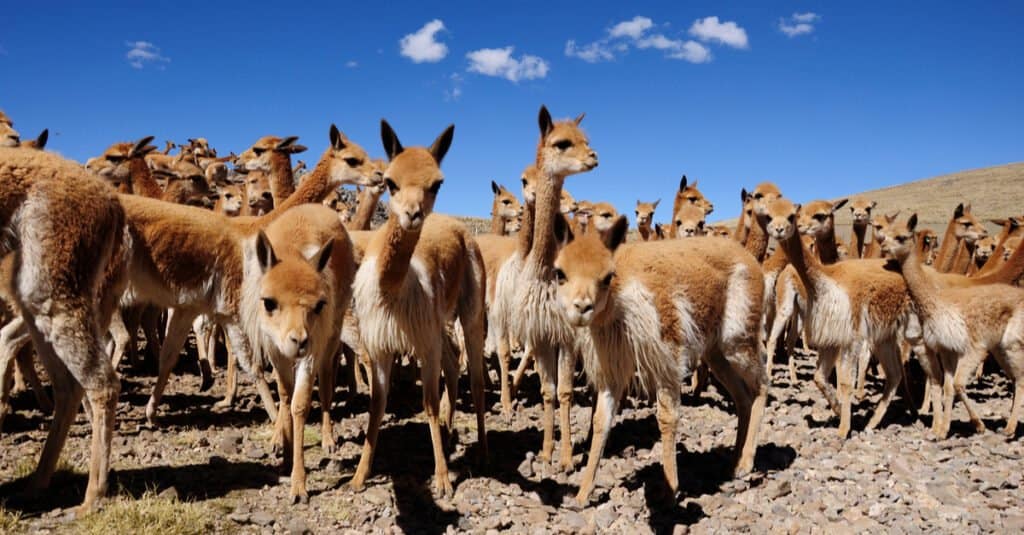
Where To Find The Top Wild Animals in Peru
Peru offers many places to find its top wild animals. They include the Ballestas Islands, which are the home of sea lions. Popular Huascarán National Park is one area to see herds vicuña as well as condors and the north Andean deer. The park also has Peru’s highest point, the majestic and snow-capped Mount Huascarán.
Bahuaja-Sonene National Park‘s rivers and hills are home to a variety of birds, including toucans, harpy eagles, egrets, and hummingbirds. It also has the maned wolf and the puma.
In addition to the Andes Mountains, Peru also has one of the world’s deepest canyons in Colca Canyon. This popular tourist site is also home to vicu˜ñas, flamingos, hummingbirds, the Andean condor, and the Andes skunk. Manú National Park has clouds and rainforests as well as grassland. At 4,241,057.9 acres, it is a World Heritage Site and is home to the Andean cock-of-the-rock, which is Peru’s national bird, jaguarundi, deer, sloth, squirrel monkeys, spectacled bears, roseate spoonbills, and ocelots.
Found in the Loreto region of the country, Pacaya–Samiria National Reserve is also a popular place to see the country’s wildlife. Animals include the coati, the jaguar, and the capybara, the world’s largest rodent. One of the most unusual birds, the toucan can be found in Peru.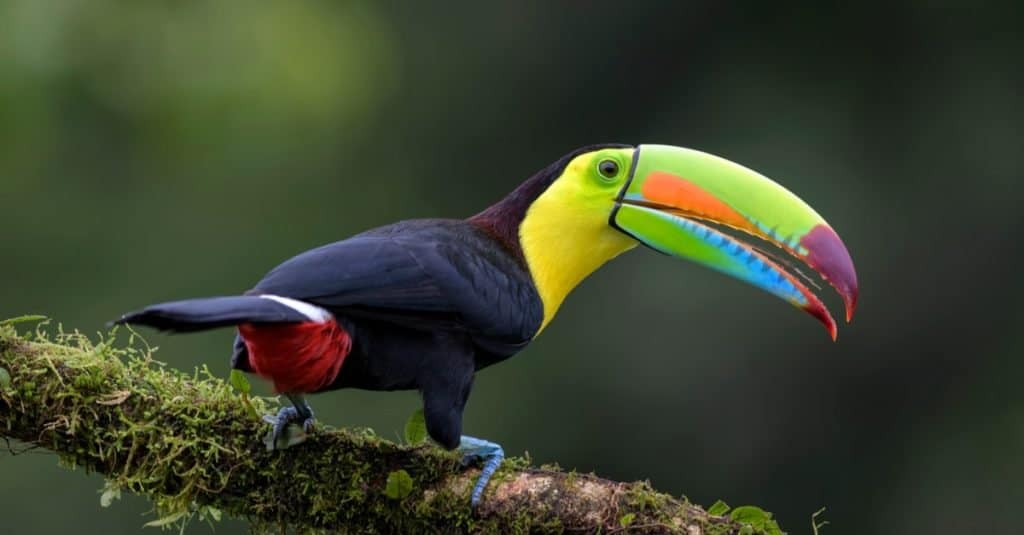
©David Havel/Shutterstock.com
The Most Dangerous Animals In Peru Today
Like other South American countries, Peru is home to many dangerous animals. The challenging types of terrain hold ecosystems that produce danger at every corner, from deadly plants to deadly animals.
The most obvious terrain that poses many threats within the borders of Peru is the local rainforests, where exotic plants and animals thrive due to the wet climate and closeness to the equator. Some of the most deadly hunters live within the rainforest and are able to blend into their surroundings with near-perfect stealth.
Besides the treacherous rainforests, Peru also contains parts of the Andes Mountains. Together, these two terrains cover over half of the country’s landscape. The Peruvian Andes have almost forty mountain peaks that reach 6,000 meters high. These peaks and mountains provide a lot of space for animals like mountain lions to roam.
The most dangerous animals in Peru include:
- Puma. This is the South American version of the cougar. It is territorial and an ambush predator. Though it’s rare, the puma has been known to kill humans. These attacks are becoming more frequent as humans start to encroach on the animal’s habitat. Most people killed by pumas are children.
- Jaguar. Like the puma, it is unusual for a jaguar to attack and kill a human being, but it has happened. It is a big and muscular animal with a bite so powerful its teeth can pierce the shells of tortoises and the skulls of human beings.
- Great White Shark. This shark is responsible for most human deaths by a shark. Humans are not the shark’s usual prey, and a bite may be investigatory. However, a grown Great White is so huge that even an investigatory bite can be fatal.
- Venomous Snakes. Of the hundreds of snakes in Peru, about 33 are venomous. One of the most dangerous is the fer-de-lance, or Bothrops asper. It is a pit viper and is especially dangerous because it lives close to humans and is nervous and unpredictable. It has a habit of seeming to flee then doubling back and attacking. In 2019, another venomous snake was discovered in Bahuaja Sonene National Park and named Bothrops sonene.
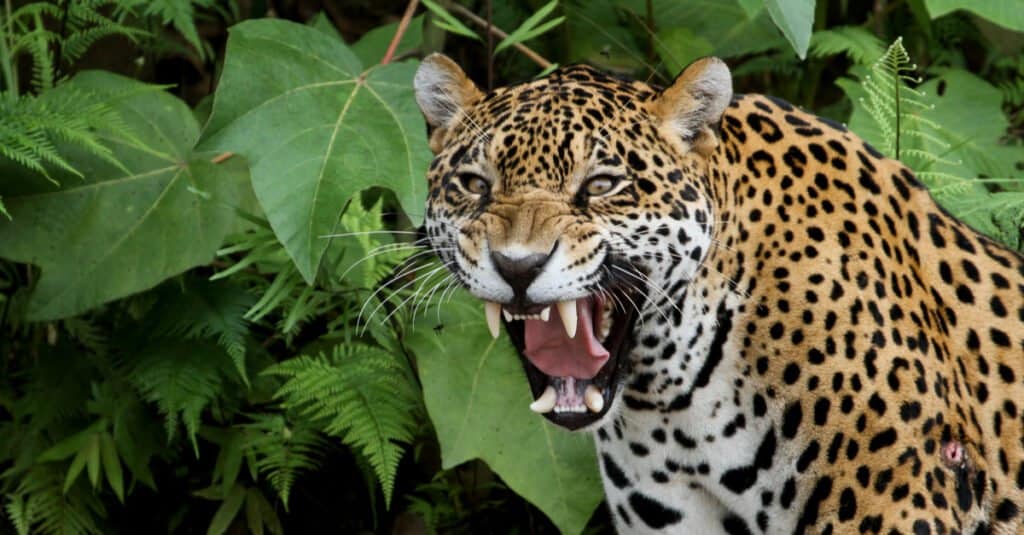
Jaguars have a bite so powerful their teeth can pierce the shells of tortoises and the skulls of human beings.
©Adalbert Dragon/Shutterstock.com
Endangered Animals In Peru
Though Peru is famous for protecting its unique wildlife, some animals are still threatened with going extinct. There are several factors that contribute to the lessening of some of the world’s most unique and exotic animals, including deforestation, climate change, and human activity.
Some of the endangered animals are include:
- Amazon river dolphin. This mammal is endangered.
- Amazonian manatee. This is the smallest of the three types of manatee that have not gone extinct and is vulnerable.
- Peruvian night monkey. This little monkey is little studied but considered endangered.
- Marine otter. The marine otter, unique because it lives almost exclusively in salt water, is endangered.

The endangered Amazon River Dolphins can grow up to 9 feet and can also weigh as much as 440 pounds.
©iStock.com/Michel VIARD
The Rarest Animal of Peru
While Peru has many threatened animals, the country’s rarest animal must be the Andean Condor. This bird can be found in the Peruvian Andes mountains. This particular condor is the largest bird that is not flightless when you factor in weight and total wingspan.
The Largest Predators of Peru
It may come as no surprise, but the largest predators of Peru are the elusive jaguars. They are extremely shy and make their way home in the densest of the Peruvian rainforests and jungles. Weighing up to 300 lbs. and with a bite that can pierce a human skull, this is one cat that you do not want to run into in the wild!
The Flag of Peru
The flag of Peru was adopted in it’s current design in 1950 and is comprised of three vertical bands of red and white with the red bookending the central white band. The flag is a symbol of peace, freedom, and social justice. However, the red bands also represent the blood of its patriots who defended their country against overwhelming adversity in several wars. The flag of Peru is comprised of three vertical bands of red and white with the red bookending the central white band. ©oxameel/Shutterstock.com
Fish Found in Peru
Due to its privileged geographical position by the Amazon River and Amazon Rainforest, Peru has a rich marine biodiversity. In Peru, you’ll find fish in every shape, size, and color from the beautiful Cortez rainbow wrasse to the interesting-looking Payara. Peru has rich marine biodiversity being close to the Amazon River and rainforests. ©worldclassphoto/Shutterstock.com
Peruvian Animals

Agouti
The agouti is one of the only animals that can crack open Brazil nut pods!

Albatross
The largest wingspan of any bird in the world!
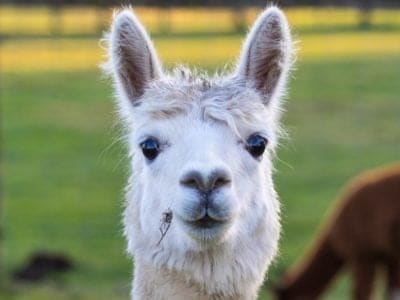
Alpaca
They can spit up to 10 feet.

Amazon Parrot
These parrots can be trained to be "talking birds" that mimic human speech
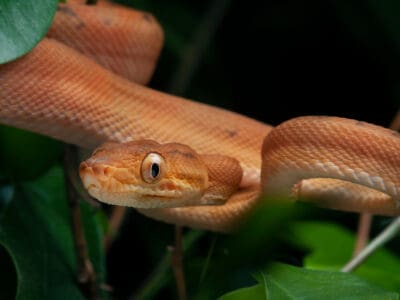
Amazon Tree Boa
Amazon tree boas come in a rainbow of colors.
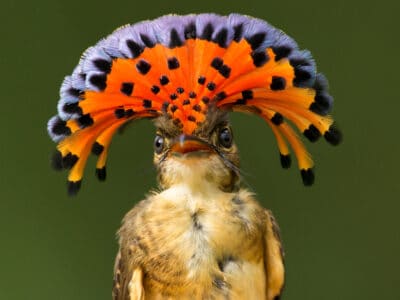
Amazonian Royal Flycatcher
They use their bright royal-looking crests during mating season

Anaconda
They are the heaviest snake in the world

Ant
First evolved 100 million years ago!
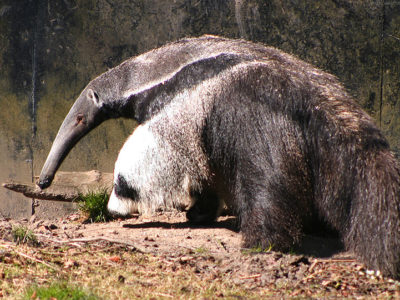
Anteater
Has the longest tongue of any animal in relation to its body size!
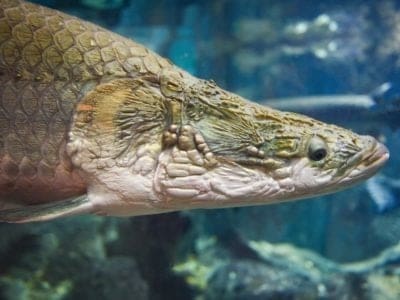
Arapaima
One of the largest freshwater fish
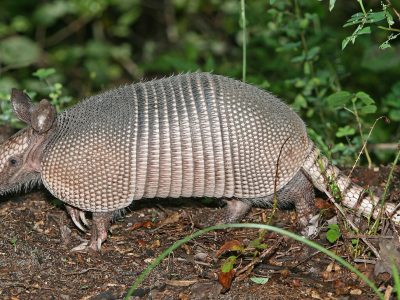
Armadillo
Can curl into a hard, protective ball!

Armyworm
They are so named because they "march" in armies of worms from one crop to another in search of food
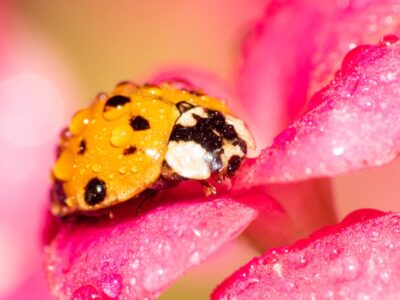
Asian Lady Beetle
Asian lady beetles infest indoor spaces, but they do not reproduce indoors.

Avocet
Has a curved, upturned beak!

Barb
There are over 1768 known species!

Barinasuchus
Largest terrestrial predator of the Cenozoic era

Barn Owl
Found everywhere around the world!

Barn Swallow
Older offspring help care for new hatchlings.

Bat
Detects prey using echolocation!

Bear
There are 8 different species!

Bed Bugs
Bed bugs feed for 4-12 minutes.

Bee
Rock paintings of bees date back 15,000 years

Beetle
There are more than 350,000 different species

Bird
Not all birds are able to fly!

Biscuit Beetle
The biscuit beetle form a symbiotic relationship with yeast

Black Widow Spider
They typically prey on insects!
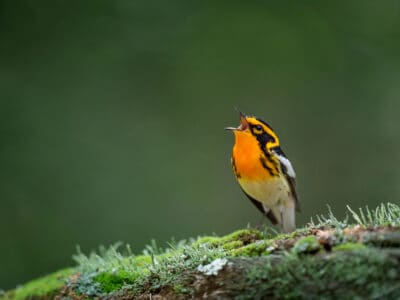
Blackburnian Warbler
They are the only songbird in North America with an orange throat!

Blue Dragon Sea Slug
They inflict a painful, venomous sting
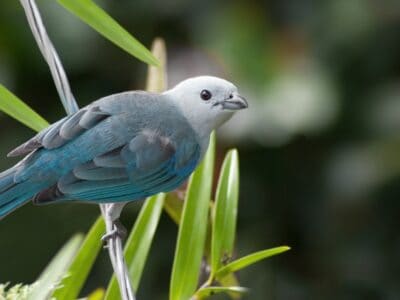
Blue Tanager (Blue-Grey Tanager)
They travel and forage in pairs or groups

Booby
Seabirds found across the South Pacific!

Brazilian Treehopper
“Mild-Mannered Minimonsters”

Brown Dog Tick
Can live its entire life indoors
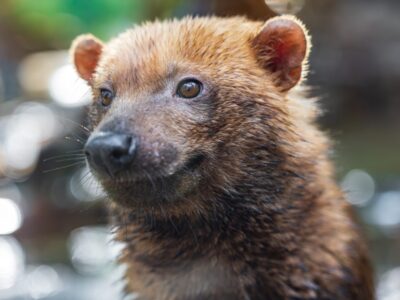
Bush Dog
Bush dogs have webbed toes to help them swim.

Butterfly
There are thought to be up 17,500 species!

Caecilian
Some species' babies use their hooked or scraper-like teeth to peel off and eat their mother's skin
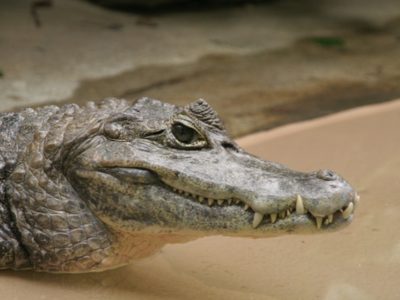
Caiman
Can grow to up 6 meters long!
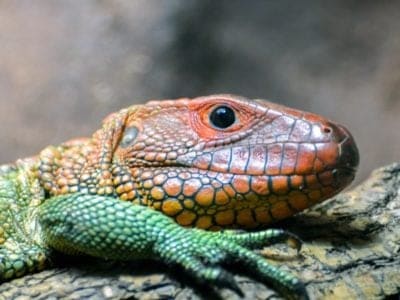
Caiman Lizard
Caiman lizards are among the largest lizards.

Camel Cricket
The camel crickets that are found in the USA are light brown in color. They also have dark streaks all over their body.

Canada Warbler
These birds travel more than 3,000 miles during migration!

Carpenter Ant
Carpenter ants can lift up to seven times their own weight with their teeth!
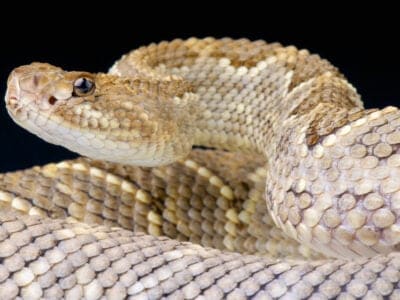
Cascabel
Cascabels rely on their camouflage first, and rattle if that doesn't work.

Cat
May have been domesticated up to 10,000 years ago.

Caterpillar
The larvae of a moth or butterfly!

Catfish
There are nearly 3,000 different species!

Centipede
There are about 3,000 documented species!

Chicken
First domesticated more than 10,000 years ago!
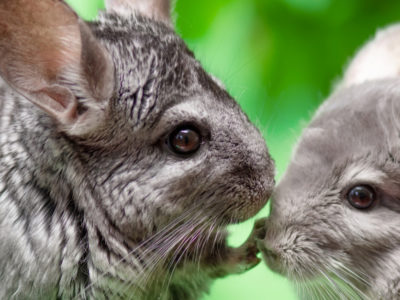
Chinchilla
Natively found in the Andes Mountain range!
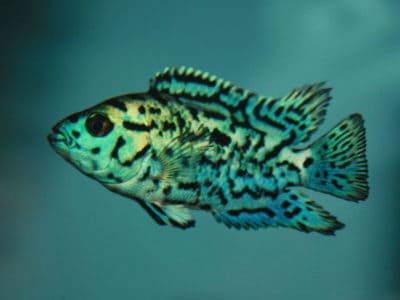
Cichlid
There are more than 2 000 known species!

Cockroach
Dated to be around 300 million years old!

Codling Moth
Pupae are able to undergo diapause to survive poor fruit yield years and winter.

Common Furniture Beetle
The common furniture beetle feeds exclusively on wood

Common House Spider
House spiders have the ability to eat most insects in a home.

Coral Snake
There are over 80 species of coral snake worldwide.

Cormorant
They can fly 35 mph and dive 150 feet below water.

Cow
There are nearly 1.5 billion worldwide!

Crab
There are 93 different crab groups

Crab Spider
Crab Spiders can mimic ants or bird droppings

Cricket
Male crickets can produce sounds by rubbing their wings together

Crocodile
Have changed little in 200 million years!

Crocodylomorph
Crocodylomorphs include extinct ancient species as well as 26 living species today.

Crow
A group of these birds is called a Murder.
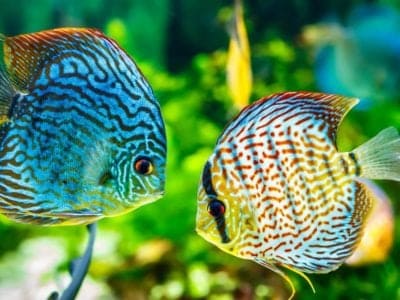
Discus
One of the only schooling Cichlids!

Dog
First domesticated in South-East Asia!

Dog Tick
Dog ticks feed on dogs and other mammals

Donkey
First domesticated 5,000 years ago!

Dragonfly
It's larvae are carnivorous!
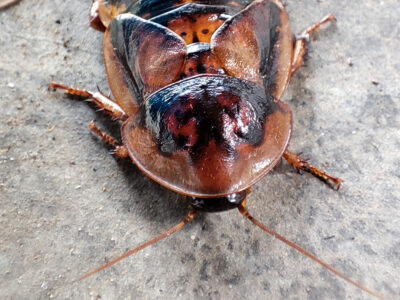
Dubia Cockroach
The most popular species of feeder roach

Duck
Rows of tiny plates line their teeth!

Dung Beetle
The dung beetle can push objects many times its own weight

Eagle
Has exceptional eyesight!

Earthworm
They are hermaphrodites, which means they have male and female organs

Earwig
There are nearly 2,000 different species!

Eel
Eels can be a mere few inches long to 13 feet!

Electric Eel
Despite its powerful shock, electric eels have terrible vision.
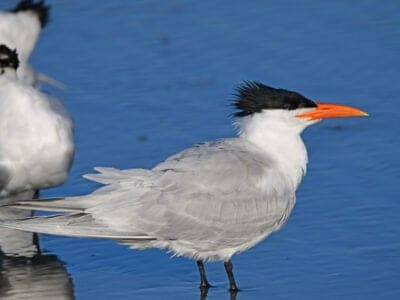
Elegant Tern
Have a lifespan of 20 years or more
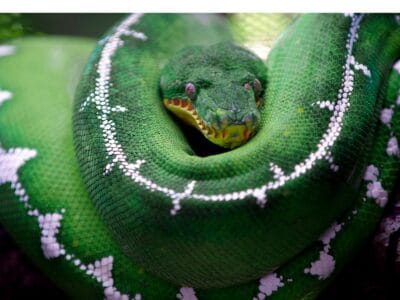
Emerald Tree Boa
Their teeth are as long as a fully-grown reticulated python
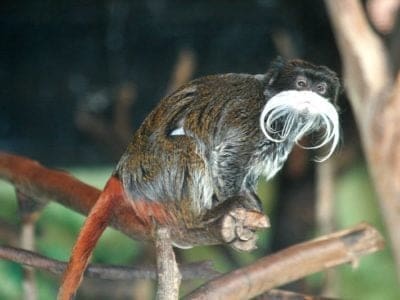
Emperor Tamarin
Has an elegant white moustache!
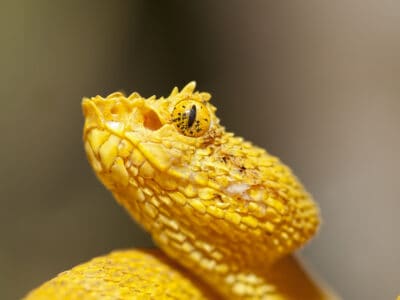
Eyelash Viper
While the eyelash viper can be a pet, be cautious – they are extremely venomous!

Falcon
The fastest creatures on the planet!

Fallow deer
The fallow deer has more variation in its coat colors than most other deer.

False Widow Spider
False spiders actually prey on black widow spiders and other hazardous spiders
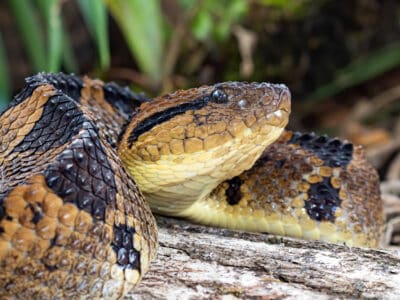
Fer-de-lance Snake
The Most Dangerous Snake in the Americas
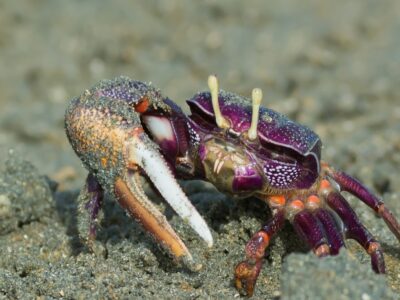
Fiddler Crab
The fiddler crab gets its name from the motion the males make with their over-sized claw during the mating ritual.

Firefly
The firefly produces some of the most efficient light in the world

Flamingo
Sleeps on just one leg!

Flea
Adult fleas can jump up to 7 inches in the air
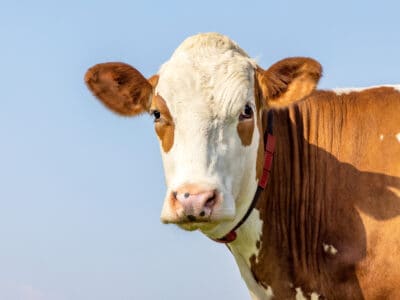
Fleckvieh Cattle
Besides being bred for milk and meat, these cattle were also used as draft oxen.

Fly
There are more than 240,000 different species!

Flying Squirrel
Can glide up to 90 meters!

Frog
There are around 7,000 different species!

Fruit Fly
Fruit flies are among the most common research animals in the world
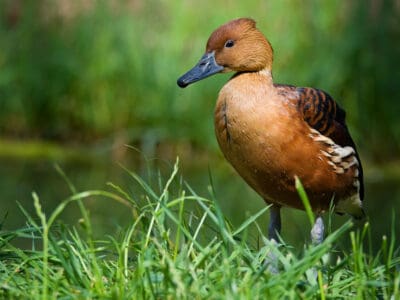
Fulvous Whistling Duck
They build a ramp from their nest, which leads to a nearby water source

Gecko
There are thought to be over 2,000 species!

German Cockroach
The most common type of urban roach

Glowworm
Found inhabiting dense woodland and caves!

Gnat
Males form large mating swarms at dusk

Grasshopper
There are 11,000 known species!
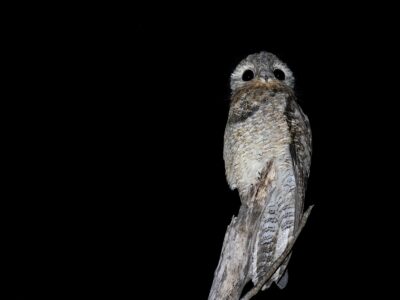
Great Potoo Bird
At night, they make a terrifying low call that sounds like a distressed moan or growl.
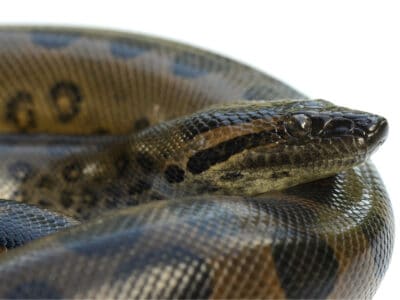
Green Anaconda
Females are often five times longer than males.
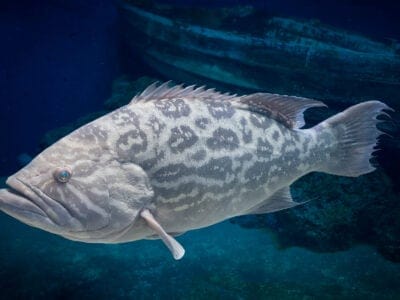
Grouper
Many grouper can change their sex, and it is always from female to male.

Guinea Pig
Natively found in the Andes Mountain range!
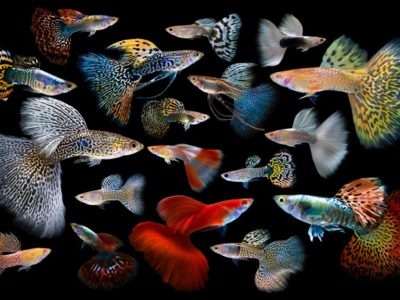
Guppy
Also known as the Millionfish!

Gypsy Moth
One of the most invasive species in the world

Hamster
Able to run as quickly backwards as forwards!

Hare
Can reach speeds of over 50 mph!
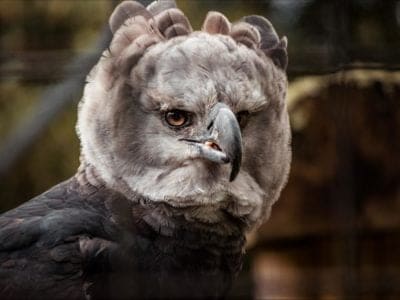
Harpy Eagle
Talon's the size of a grizzly bear's claws!

Harris’s Hawk
Their vision is eight times better than a human's

Hawk Moth Caterpillar
Many hawk moth caterpillars eat toxins from plants, but don’t sequester them the way milkweed butterflies do. Most toxins are excreted.
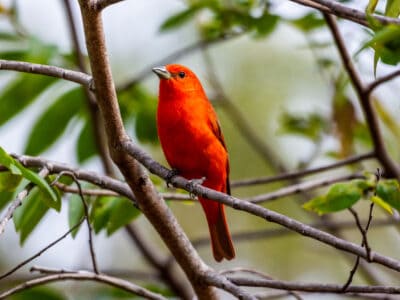
Hepatic Tanager (Red Tanager)
Parents and their young sing sweetly to each other

Hercules Beetle
This dynastine scarab beetle makes a weird huffing sound when it’s disturbed.

Heron
Inhabits wetlands around the world!

Honey Bee
There are only 8 recognized species!
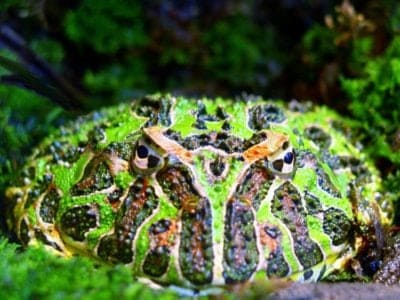
Argentine Horned Frog
Natively found in South America!

Horse
Has evolved over 50 million years!

Horsefly
Horseflies have been seen performing Immelmann turns, much like fighter jets.
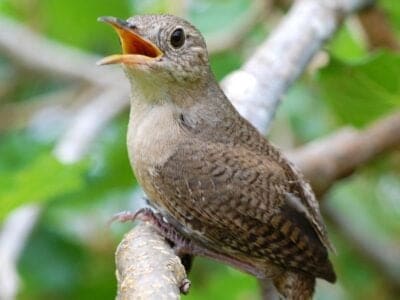
House wren
The wren’s epithet, aedon, comes from a Greek queen who accidentally killed her only son. She was actually aiming for her nephew, and Zeus took pity on her and turned her into a nightingale.

Housefly
The fly has no teeth

Human
Thought to have orignated 200,000 years ago!
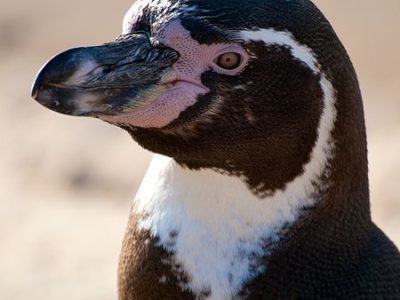
Humboldt Penguin
Found on the South American coast!

Hummingbird
Beat their wings up to 80 times per second!

Huntsman Spider
Some huntsman spiders have an interesting way of moving around. Some cartwheel while others do handsprings or backflips.

Ibis
Found in swamps, marshes and wetlands!
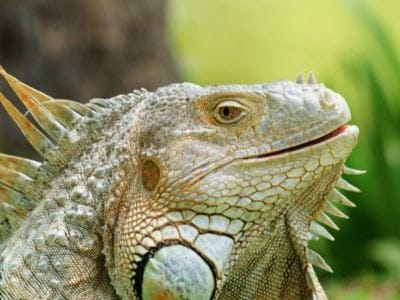
Iguana
Uses visual signals to communicate!
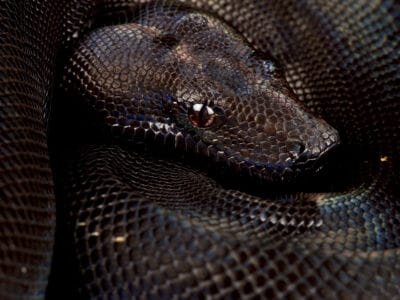
IMG Boa Constrictor
The first IMG boa was born in a litter of anerythristic boas.

Insects
There are an estimated 30 million species!
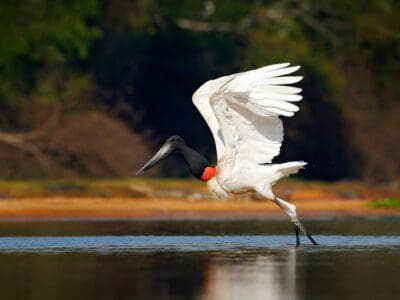
Jabiru
They form lifelong pair bonds and live in groups near water sources.

Jacana
The jacana has the ability to swim underwater
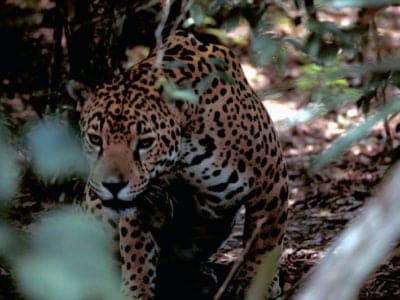
Jaguar
The largest feline on the American continent!

Jumping Spider
Some can jump 50 times the length of their bodies

Kingfisher
Inhabits wetlands and woodlands worldwide!
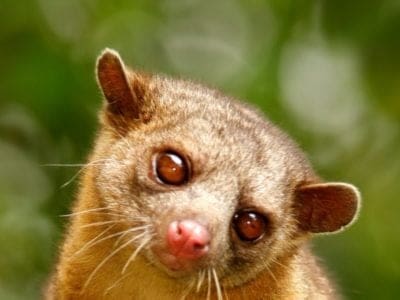
Kinkajou
The kinkajou is a nimble forest-dwelling mammal of Central and South America.

Ladybug
There are more than 5,000 species worldwide!

Leech
Has 10 pairs of eyes!
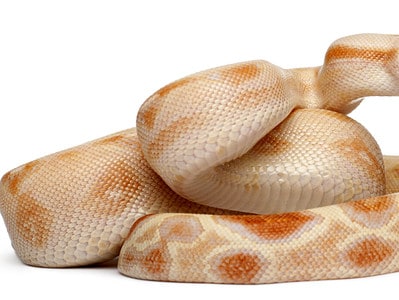
Lipstick Albino Boa
Lipstick albino boas are a designer morph that you'll only find from breeders.
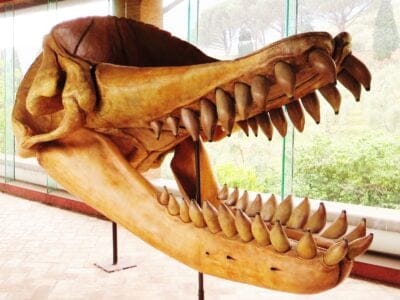
Livyatan
The Livyatan had 1 to 1.2 foot long, interlocking teeth

Lizard
There are around 5,000 different species!
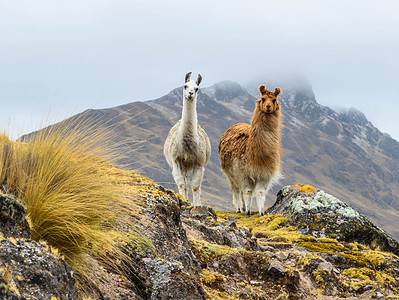
Llama
Natively found in the Andes Mountain range!

Locust
Each locust can eat its weight in plants each day.
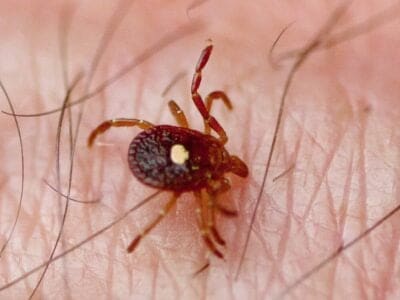
Lone Star Tick
Only females have the ‘lone star’ marking

Macaw
The largest species of parrot in the world!

Maggot
Will only live in wet areas

Mallard
With an appropriate tail wind, the mallard can travel hundreds of miles a day

Maned Wolf
Despite its name, the Maned Wolf is not actually a wolf.

Margay
Margays are one of the world’s most highly adapted cat species for climbing trees!
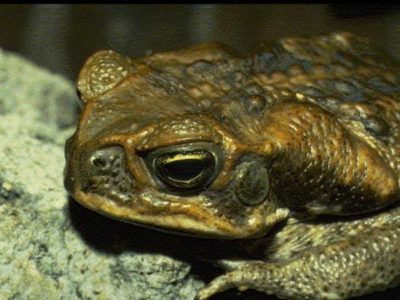
Marine Toad
Produces a toxin used in arrow darts!

Mayfly
There are 2,500 known species worldwide!

Mealybug
They have a symbiotic relationship with ants.
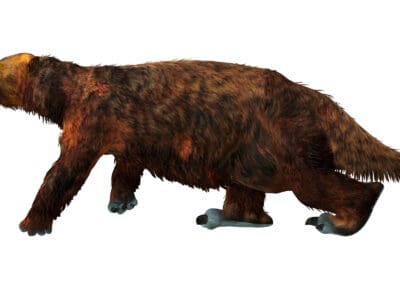
Megatherium
Megatherium probably used its lips more than its tongue when feeling for choice leaves in the treetops.
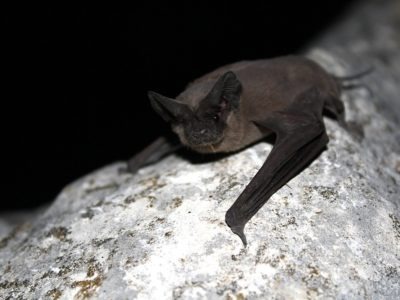
Mexican Free-Tailed Bat
Some colonies have millions of bats

Millipede
Some species have a poisonous bite!

Mockingbird
Mockingbirds are incredible mimics that can learn hundreds of songs!

Mole
Primarily hunts and feeds on Earthworms!
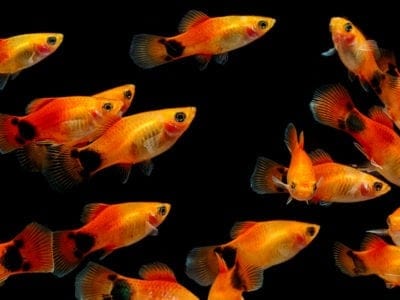
Molly
Known for their calm and peaceful nature!

Mongrel
Has characteristics of two or more breeds!

Monkey
There are around 260 known species!

Moorhen
Feeds on aquatic insects and water-spiders!

Morpho Butterfly
Collectors prize them for their bright wings

Mosquito
Only the female mosquito actually sucks blood

Moth
There are 250,000 different species!
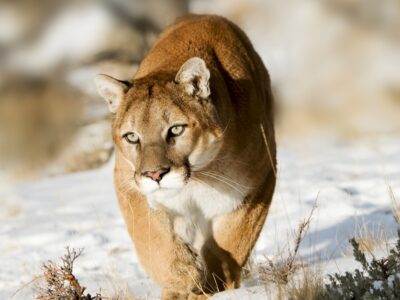
Mountain Lion
Has no real natural predators!

Mouse
Found on every continent on Earth!

Mule
The offspring of a horse and donkey parents!
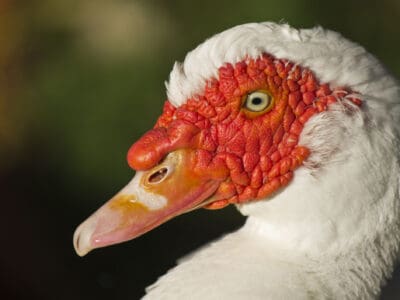
Muscovy Duck
Unlike most duck species, the Muscovy is silent and only makes noise when excited or threatened.
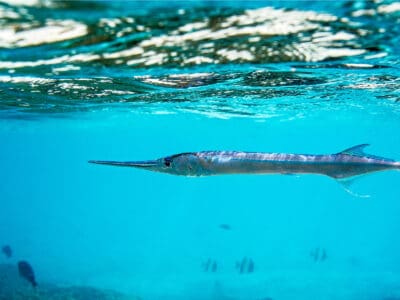
Needlefish
no stomach to digest food

Nematode
Nematodes range in size from 1/10 of an inch to 28 feet long
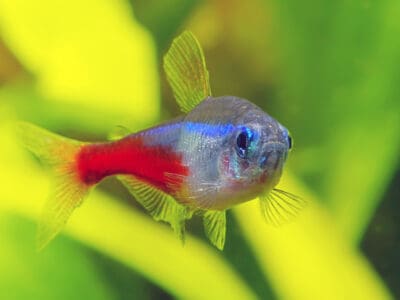
Neon Tetra
Neon Tetras are very social and peaceful fish.

No See Ums
There are more than 5,000 species.
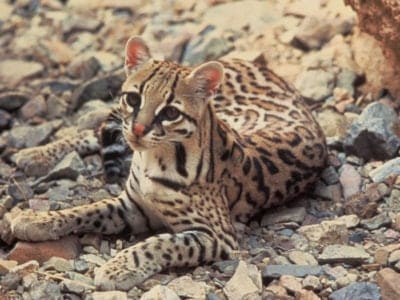
Ocelot
Also known as the Painted Leopard!
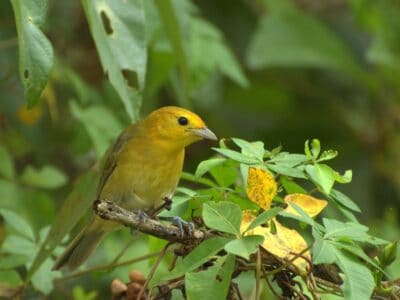
Orange Tanager (Orange-Headed Tanager)
They inhabit the lowlands of the Amazon rainforest

Orb Weaver
Females are about four times the size of males
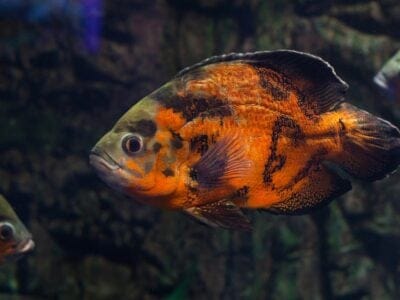
Oscar Fish
The Oscar fish has teeth in its throat!

Osprey
They reuse nesting sites for 70 years!

Otter
There are 13 different species worldwide

Owl
The owl can rotate its head some 270 degrees
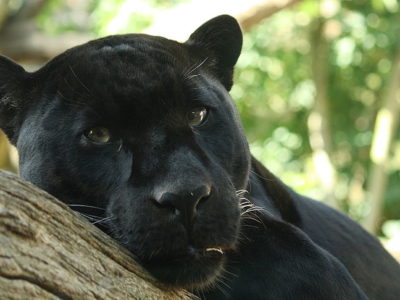
Panther
Prefers to hunt at night than during the day!

Panthera atrox (American Lion)
Panthera atrox was about 25 percent larger than modern lions

Parrot
Can live for up to 100 years!
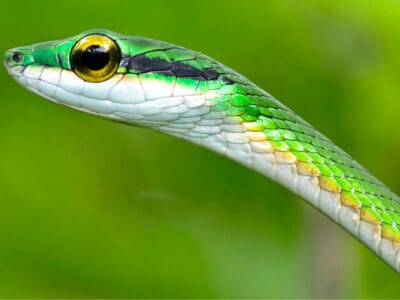
Parrot Snake
The parrot snake shows off with bright green and bronze colors that cover its entire body.

Parrotlet
Parrotlets aren't the world's tiniest parrot — that would be the pygmy parrot of Australasia.
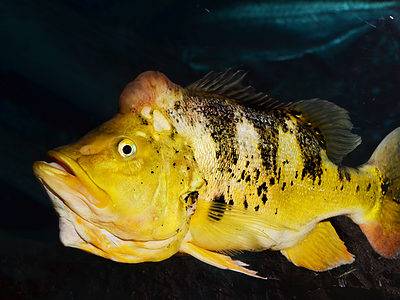
Peacock Bass
Peacock bass is known for their aggressive behavior and predatory instincts, making them a challenging target for sport fishermen.

Peregrine Falcon
Fastest animal on Earth

Peruvian Guinea Pig
The Peruvian guinea pig is well known for its long, soft tresses and edgy bangs.

Peruvian Inca Orchid
The Peruvian Inca Orchid is the national dog of Peru

Pheasant
Females lay between 8 and 12 eggs per clutch!
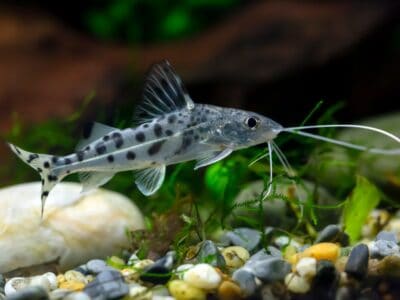
Pictus Catfish
Pictus catfish are social fish that should be kept in groups of 4 or more

Pigeon
They can find their way back to their nests from up to 1300 miles away.

Amazon River Dolphin (Pink Dolphin)
Also known as the 'Pink Dolphin'
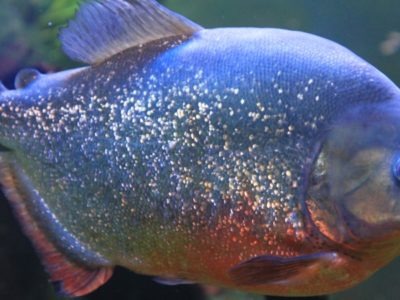
Piranha
Generally found in fast-flowing streams!
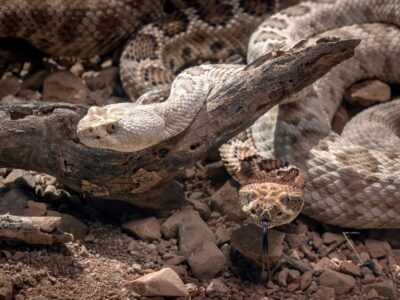
Pit Viper
Pit vipers's fangs fold up into their mouths when they don't need them.

Platinum Arowana
The male broods the eggs and baby fish in his mouth.
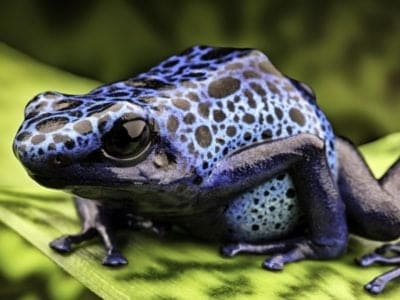
Poison Dart Frog
Inhabits the jungles of Central and South America!

Pompano Fish
They are bottom-feeders

Porcupine
There are 30 different species worldwide!

Praying Mantis
The mantis can turn its head 180 degrees.

Puma
Has longer back legs than front legs!

Purussaurus
Purussaurus had a bite force that is higher than that of any creature that has ever lived

Quail
Inhabits woodland and forest areas worldwide!
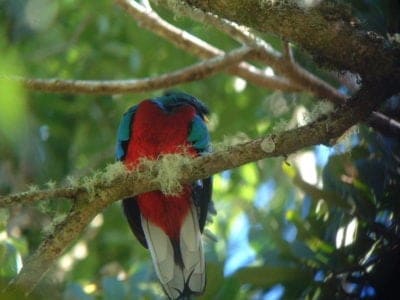
Quetzal
The tail feathers of the male can be 1m long!
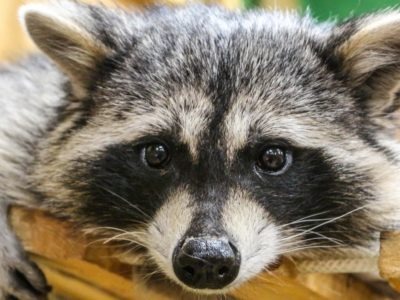
Raccoon
Known to wash their food before eating it!
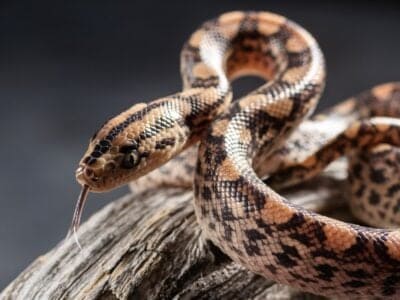
Rainbow Boa
The rainbow boa is named for its iridescent skin that refracts light and creates a rainbow-colored effect.

Rat
Omnivores that eat anything!

Rat Snakes
Rat snakes are constrictors from the Colubridae family of snakes.

Rattlesnake
Rattlesnakes may have evolved their rattle to warn bison away from them.

Red-Footed Tortoise
Male and female Red-Footed Tortoises move their heads to communicate.
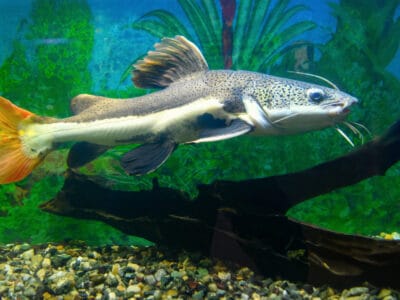
Redtail Catfish
One of three giant catfish species
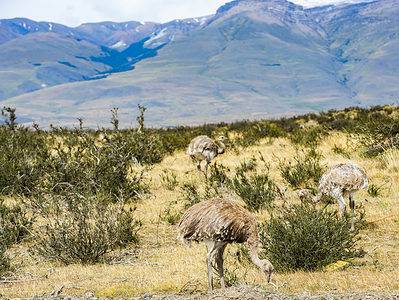
Rhea
Male rheas mate with up to a dozen females and single-handedly raise up to 80 chicks at once!

River Turtle
Inhabits freshwater habitats around the world!

Rodents
The capybara, the world’s largest rodent, likes to be in and around bodies of water. Because of this, the Catholic Church in South America decided that it was a fish, and people were allowed to eat it during Lent and First Fridays.

Rooster
Will mate with the entire flock!
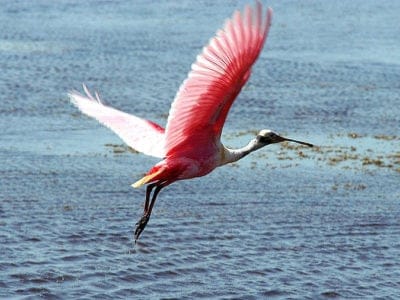
Roseate Spoonbill
The only Spoonbill in the western hemisphere!

Ruddy Duck
Ruddy duck breeding males have bright blue bills!

Saber-Toothed Tiger
Canines up to 7 inches long!

Sable Ferret
Ferrets were used during the Revolutionary War to keep down the rat population.

Salamander
There are more than 700 different species!

Sand Crab
The sand crab burrows beneath the sand with its tail
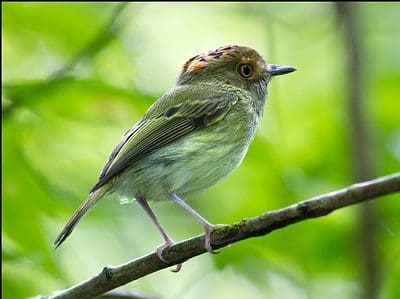
Scale-Crested Pygmy Tyrant
They raise their crests to ward off predators
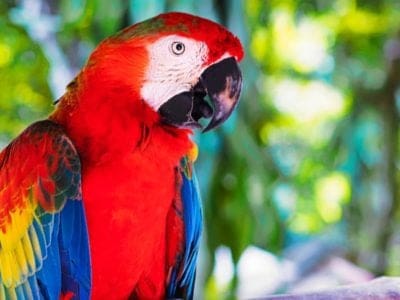
Scarlet Macaw
Like many parrots, the scarlet macaw is capable of vocal mimicry.

Scorpion
There are around 2,000 known species!
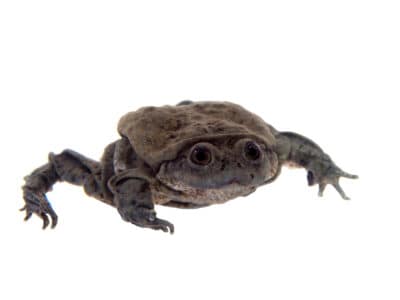
Scrotum Frog
The frog's ears are underdeveloped, and if it hears it probably does so through its lungs.

Sea Snake
The sea snake is incredibly venomous, even more than a cobra!”

Seahorse
Males give birth to up to 1,000 offspring!
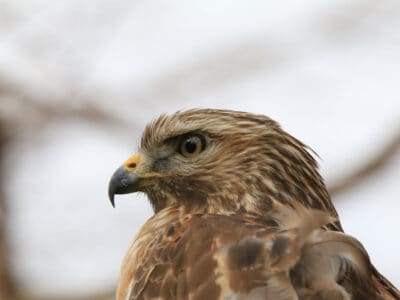
Sharp-Shinned Hawk
In captivity, sharp-shinned hawks can live up to 13 years. However, in the wild, this number is significantly reduced to 3 years!

Sheep
Around 35 million in the English countryside!

Short-Eared Owl
The short-eared owl is one of the most widespread owl species in the world, covering five continents.

Shrew
The spinal column of the shrew Scutisorex somereni is so strong and reinforced that it can support the weight of an adult human.

Shrimp
There are 2,000 different species worldwide!
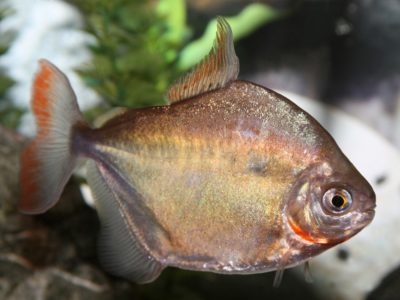
Silver Dollar
Closely related to the Piranha

Skink Lizard
Some skinks lay eggs in some habitats while giving birth to skinklets in other habitats.
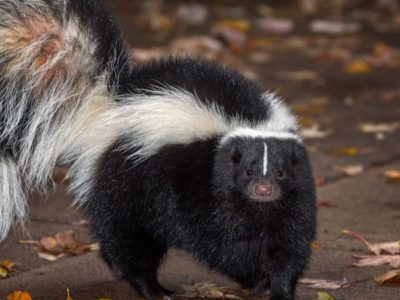
Skunk
Also known as the Polecat!
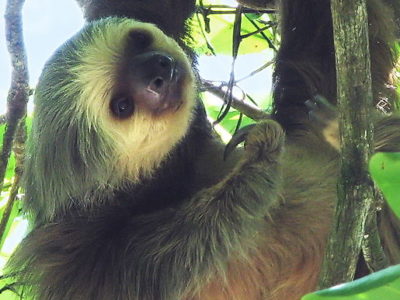
Sloth
It's body temperature is between 30 - 34 degrees!

Slug
They glide around on one foot, which is aided by the slime they produce

Smokybrown Cockroach
Has up to 45 eggs per egg case

Snail
There are nearly 1,000 different species!

Snake
There are around 4,000 known species worldwide

Sparrow
There are 140 different species!
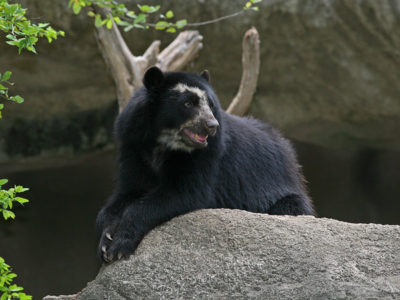
Spectacled Bear
Native to the Andes mountains of South America!

Spider Monkey
Belongs to the only family of primates in the world with full prehensile tails!

Spider Wasp
They prey on spiders to feed their larvae or they parasitize other spider wasps.

Squirrel
Small rodents found in woodlands worldwide!
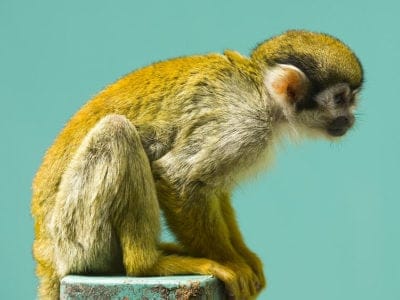
Squirrel Monkey
Lives in groups of up to 500 individuals!

Stick Insect
There are more than 3,000 different species!

Stork
They can’t sing like other birds.

Stupendemys
The largest freshwater turtle known to have ever lived!
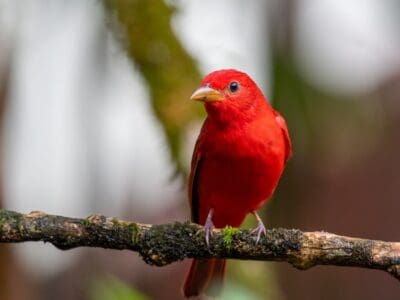
Summer Tanager
They remove bee stingers by rubbing them against a tree
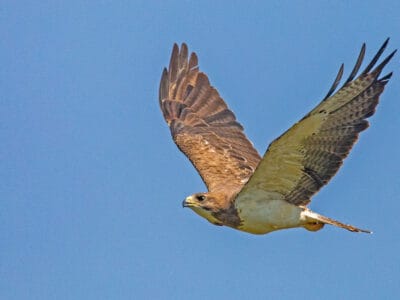
Swainson’s Hawk
Their wings form a “V” shape when flying.

Swan
Populations have been affected by pollution!

Tapir
Most closely related to horses and rhinos!

Tarantula Hawk
Tarantula hawks are excellent pollinators, especially for milkweed.
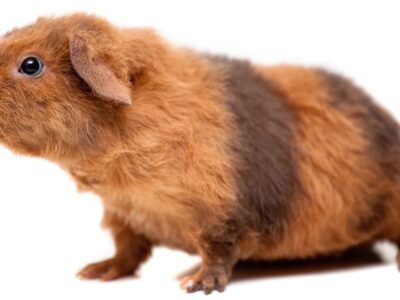
Teddy Guinea Pig
Teddy guinea pigs resemble teddy bears, hence their name.

Termite
Their mounds can be up to 9 meters tall!

Tetra
Native to the freshwater streams of South America!

Theropod
Some theropods had feathers and may have been ancestors of modern birds.

Thrush
The American robin is called the robin because its red breast reminded European settlers of the robin back in the old country.

Tick
They inject hosts with a chemical that stops them from feeling the pain of the bite

Tiger Beetle
The adult tiger beetle is one of the fastest land insects in the world
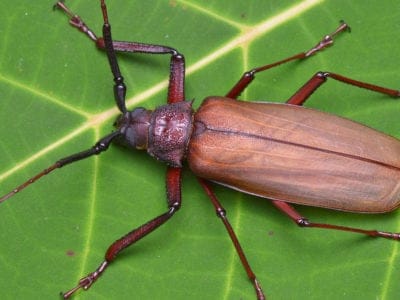
Titan Beetle
Their jaws can bite through a wooden pencil.

Tortoise
Can live until they are more than 150 years old!
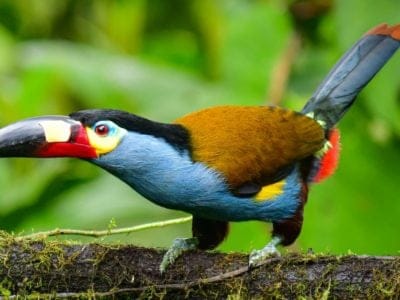
Toucan
There are more than 40 different species!

Tree Cricket
They make music with their wings

Tree Frog
Found in warmer jungles and forests!

Turtles
Some species of aquatic turtles can get up to 70 percent of their oxygen through their butt.

Uakari
Have a very short tail for their size!
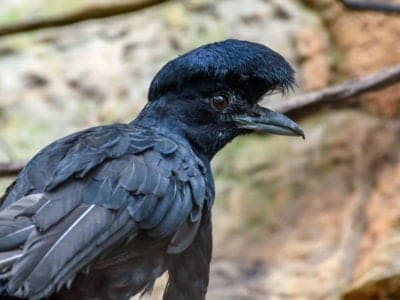
Umbrellabird
Migrates up and down the mountains!

Unau (Linnaeus’s Two-Toed Sloth)
Its top speed is 0.17mph

Upland Sandpiper
They make jerky movements as they walk through the grass, searching for food.

Vampire Bat
Have a heat sensor on the end of their nose!
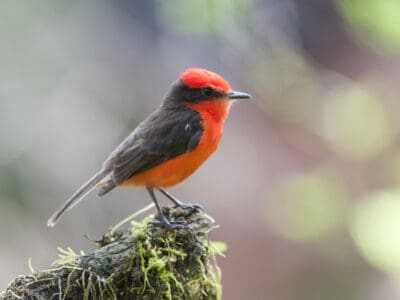
Vermilion Flycatcher
They have a fast song that lasts up to 10 syllables at max.

Vinegaroon
Vinegaroons can spray 19 times before the glands are depleted

Vulture
There are 30 different species worldwide!

Wasp
There are around 75,000 recognised species!
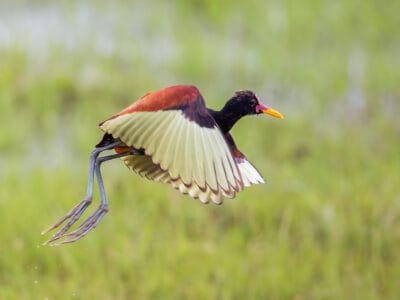
Wattled Jacana
They are typically noisy birds but take on a soft tone with their young.

Whiptail Lizard
Many whiptail species reproduce asexually.

White Ferret / Albino Ferrets
There are two different types of white ferrets!

White-tail deer
White-tail deer are good swimmers
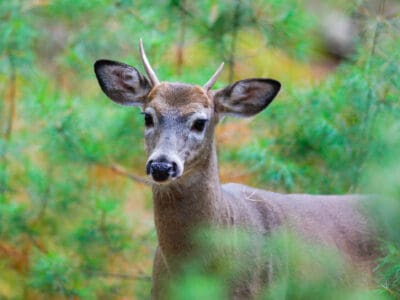
Whitetail Deer
Although deer are herbivores, they will sometimes eat mice and birds when they can catch them.

Wolf Spider
Carnivorous arachnid that hunts its prey.

Woodlouse
This animal can roll up into a ball

Woodpecker
There are 200 different species!
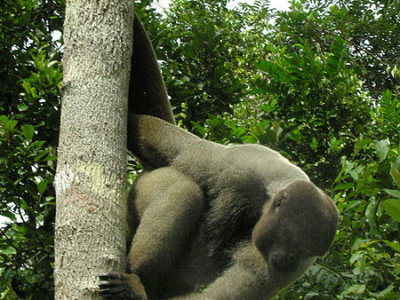
Woolly Monkey
Has a long, strong prehensile tail!

Worm
Doesn’t have eyes.
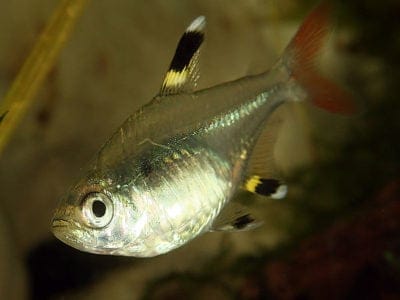
X-Ray Tetra
Yellow, black and white striped fins!

Yellow-Bellied Sea Snake
Sea snakes spend approximately 90% of their lives under water.
Peruvian Animals List
- Agouti
- Albatross
- Alpaca
- Amazon Parrot
- Amazon Tree Boa
- Amazonian Royal Flycatcher
- Anaconda
- Ant
- Anteater
- Arapaima
- Armadillo
- Armyworm
- Asian Lady Beetle
- Avocet
- Barb
- Barinasuchus
- Barn Owl
- Barn Swallow
- Bat
- Bear
- Bed Bugs
- Bee
- Beetle
- Bird
- Biscuit Beetle
- Black and White Warbler
- Black Widow Spider
- Blackburnian Warbler
- Blue Dragon Sea Slug
- Blue Tanager (Blue-Grey Tanager)
- Booby
- Brazilian Treehopper
- Brown Dog Tick
- Bush Dog
- Butterfly
- Caecilian
- Caiman
- Caiman Lizard
- Camel Cricket
- Canada Warbler
- Carpenter Ant
- Cascabel
- Cat
- Caterpillar
- Catfish
- Centipede
- Chicken
- Chilean Recluse Spider
- Chinchilla
- Cichlid
- Cockroach
- Codling Moth
- Common Furniture Beetle
- Common House Spider
- Coral Snake
- Cormorant
- Cow
- Crab
- Crab Spider
- Cricket
- Crocodile
- Crocodylomorph
- Crow
- Cuckoo
- Discus
- Dog
- Dog Tick
- Donkey
- Dragonfly
- Dubia Cockroach
- Duck
- Dung Beetle
- Eagle
- Earthworm
- Earwig
- Eel
- Electric Eel
- Elegant Tern
- Emerald Tree Boa
- Emperor Tamarin
- Eyelash Viper
- Falcon
- Fallow deer
- False Widow Spider
- Fer-de-lance Snake
- Fiddler Crab
- Firefly
- Flamingo
- Flea
- Fleckvieh Cattle
- Fly
- Flying Squirrel
- Frog
- Fruit Fly
- Fulvous Whistling Duck
- Gecko
- German Cockroach
- Glowworm
- Gnat
- Grasshopper
- Great Potoo Bird
- Green Anaconda
- Grouper
- Guinea Pig
- Guppy
- Gypsy Moth
- Hamster
- Hare
- Harpy Eagle
- Harris’s Hawk
- Hawk Moth Caterpillar
- Hepatic Tanager (Red Tanager)
- Hercules Beetle
- Heron
- Honey Bee
- Argentine Horned Frog
- Horse
- Horsefly
- House wren
- Housefly
- Human
- Humboldt Penguin
- Hummingbird
- Huntsman Spider
- Ibis
- Iguana
- IMG Boa Constrictor
- Insects
- Jabiru
- Jacana
- Jaguar
- Jumping Spider
- Kingfisher
- Kinkajou
- Ladybug
- Leech
- Lipstick Albino Boa
- Livyatan
- Lizard
- Llama
- Locust
- Lone Star Tick
- Macaw
- Maggot
- Mallard
- Maned Wolf
- Margay
- Marine Toad
- Marmoset
- Mayfly
- Mealybug
- Megatherium
- Mexican Free-Tailed Bat
- Millipede
- Mockingbird
- Mole
- Molly
- Mongrel
- Monkey
- Moorhen
- Morpho Butterfly
- Mosquito
- Moth
- Mountain Lion
- Mouse
- Mule
- Muscovy Duck
- Needlefish
- Nematode
- Neon Tetra
- No See Ums
- Ocelot
- Orange Tanager (Orange-Headed Tanager)
- Orb Weaver
- Oscar Fish
- Osprey
- Otter
- Owl
- Ox
- Panther
- Panthera atrox (American Lion)
- Parrot
- Parrot Snake
- Parrotlet
- Peacock Bass
- Peregrine Falcon
- Peruvian Guinea Pig
- Peruvian Inca Orchid
- Pheasant
- Pictus Catfish
- Pigeon
- Amazon River Dolphin (Pink Dolphin)
- Piranha
- Pit Viper
- Platinum Arowana
- Poison Dart Frog
- Pompano Fish
- Porcupine
- Praying Mantis
- Puma
- Purussaurus
- Pygmy Marmoset (Finger Monkey)
- Quail
- Quetzal
- Raccoon
- Rainbow Boa
- Rat
- Rat Snakes
- Rattlesnake
- Red-Footed Tortoise
- Redtail Catfish
- Rhea
- River Turtle
- Rodents
- Rooster
- Roseate Spoonbill
- Ruddy Duck
- Saber-Toothed Tiger
- Sable Ferret
- Salamander
- Sand Crab
- Scale-Crested Pygmy Tyrant
- Scarlet Macaw
- Scorpion
- Scrotum Frog
- Sea Snake
- Seahorse
- Sharp-Shinned Hawk
- Sheep
- Short-Eared Owl
- Shrew
- Shrimp
- Silver Dollar
- Skink Lizard
- Skunk
- Sloth
- Slug
- Smokybrown Cockroach
- Snail
- Snake
- Sparrow
- Spectacled Bear
- Spider Monkey
- Spider Wasp
- Squirrel
- Squirrel Monkey
- Stick Insect
- Stork
- Stupendemys
- Summer Tanager
- Swainson’s Hawk
- Swallowtail Butterfly
- Swan
- Tapir
- Tarantula Hawk
- Teddy Guinea Pig
- Termite
- Tetra
- Theropod
- Thrush
- Tick
- Tiger Beetle
- Titan Beetle
- Tortoise
- Toucan
- Tree Cricket
- Tree Frog
- Turtles
- Uakari
- Umbrellabird
- Unau (Linnaeus’s Two-Toed Sloth)
- Upland Sandpiper
- Vampire Bat
- Vermilion Flycatcher
- Vinegaroon
- Vulture
- Wasp
- Wattled Jacana
- Whiptail Lizard
- White Ferret / Albino Ferrets
- White-tail deer
- Whitetail Deer
- Wolf Spider
- Woodlouse
- Woodpecker
- Woolly Monkey
- Worm
- X-Ray Tetra
- Yellow-Bellied Sea Snake
Animals in Peru FAQs (Frequently Asked Questions)
What kinds of animals live in Peru?
There is an amazing variety of animals that live in Peru and more are being discovered. Recently discovered animals include two kinds of beetles, a type of spiny rat, a new kind of mouse, a type of flycatcher and a pygmy frog. This frog, Noble’s pygmy frog, is unique because it lays only two eggs and these eggs hatch into tiny frogs instead of tadpoles.
What is a common animal in Peru?
A common animal found in Peru is the capuchin monkey. It is a monkey that grows between 12 and 22 inches long, save its tail, and its tail is often as long as its body. It can weigh between 3 and 9 pounds and can live 25 years in the wild. The capuchin monkey lives in both the rainforest and the dry forests on the coast, and its success is probably due to the fact that it’s not particular about its habitat or its diet. It’s an omnivore and eats plant material as well as animals from spiders to lizards to birds all the way up to other primates.
What is the most dangerous animal in Peru?
The most dangerous animal in Peru is probably the fer-de-lance because of its aggressiveness, its proximity to human habitation, and the potency of its venom.
Is there Puma in Peru?
The puma is found in Peru. It’s the second-largest big cat in Peru behind the jaguar.




